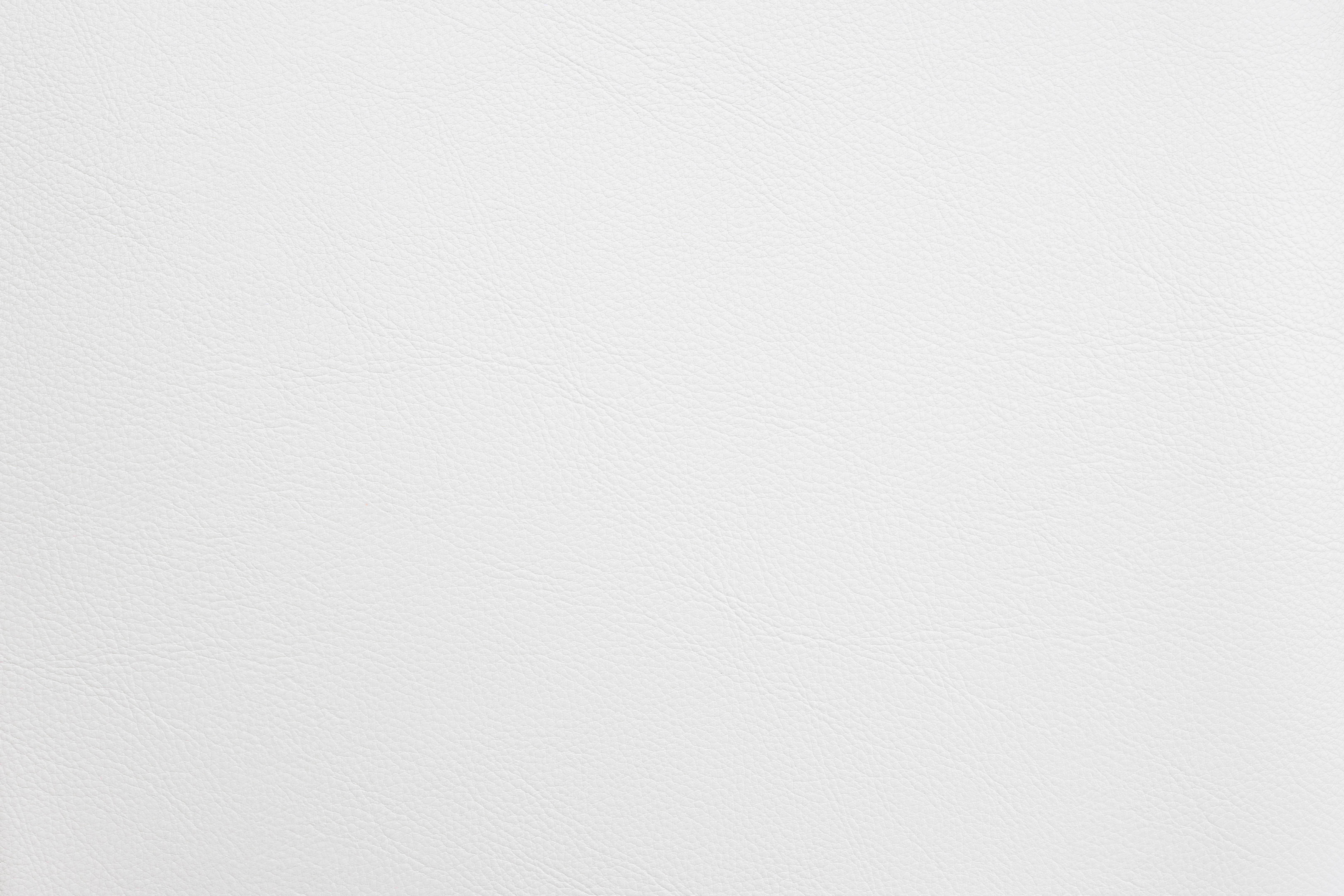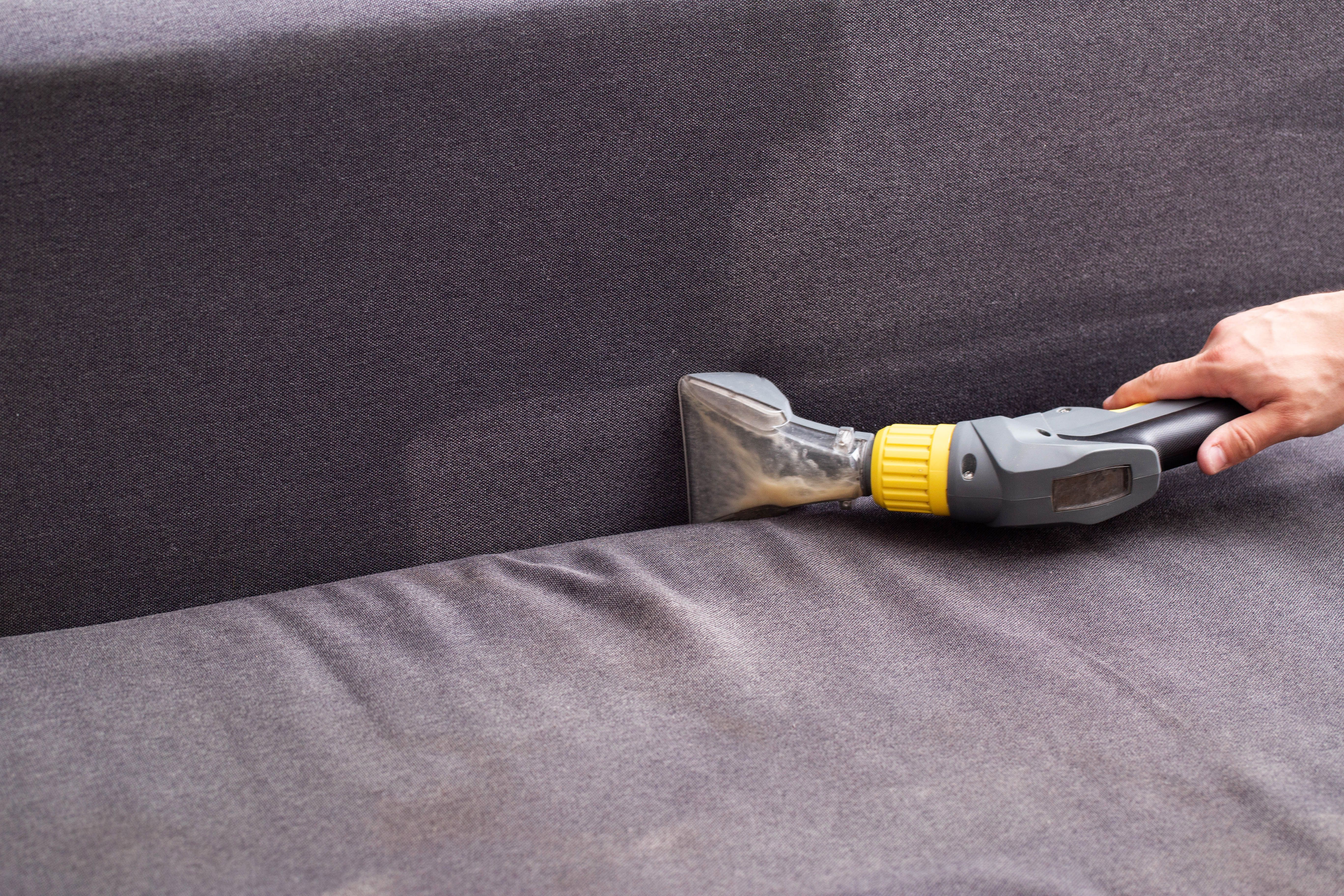Choosing Between Leather and Faux Leather for Upholstery
Understanding the Basics
When selecting upholstery for your furniture, choosing between leather and faux leather can be a challenging decision. Both materials have their own set of advantages and drawbacks, making it essential to understand their characteristics. Leather is a natural material, often praised for its durability and luxurious feel. On the other hand, faux leather, also known as synthetic or vegan leather, is a man-made alternative that mimics the appearance of real leather without using animal products.

Durability and Maintenance
One of the most significant factors to consider when choosing upholstery is durability. Genuine leather is renowned for its strength and can last for decades with proper care. It develops a unique patina over time, adding character to your furniture. However, it requires regular maintenance to prevent cracking and fading. Faux leather, while generally less durable than genuine leather, has improved significantly in quality. It's easier to clean and maintain, as it doesn't absorb spills or stains as readily.
Maintenance Tips
For leather, regular conditioning is necessary to maintain its suppleness and prevent drying. Avoid placing leather furniture in direct sunlight to minimize fading. For faux leather, simply wiping with a damp cloth often suffices to keep it looking fresh. Faux leather also tends to be more resistant to scratches, making it a practical choice for homes with pets.

Aesthetic Appeal
The aesthetic appeal of your furniture is another crucial consideration. Leather often exudes a timeless elegance that can enhance the sophistication of any space. It comes in various textures and finishes, allowing for diverse design possibilities. Faux leather, while sometimes lacking the natural texture of genuine leather, offers a broader range of colors and styles. This can be particularly advantageous if you are looking for vibrant hues or unconventional patterns.
Cost Considerations
Budget is an essential factor in the decision-making process. Genuine leather is typically more expensive due to its quality and longevity. However, if budget constraints are a concern, faux leather provides a cost-effective alternative that still offers a similar aesthetic. It's worth noting that investing in high-quality faux leather can yield better results than opting for low-grade genuine leather.

Environmental Impact
For environmentally-conscious consumers, understanding the ecological impact of each material is important. Leather production involves significant resource use and environmental concerns due to tanning processes and animal farming. Faux leather presents itself as an eco-friendly alternative since it doesn’t involve animal products. However, it's essential to consider the types of plastics used in faux leather production, as these can contribute to environmental pollution.
Conclusion: Making Your Choice
Ultimately, the choice between leather and faux leather upholstery depends on your priorities—whether you value durability and natural beauty over cost and ease of maintenance. Consider your lifestyle, aesthetics preferences, and budget when making your decision. Whichever you choose, both materials offer unique benefits that can enhance the overall appeal and functionality of your furniture.
Commercial Kitchen Marketplace
Your one-stop online destination for equipping professional kitchens. Discover a wide selection of durable, high-quality commercial-grade appliances, from heavy-duty ovens and refrigeration units to efficient food preparation tools and essential kitchenware. Visit our store: http://avice.org
